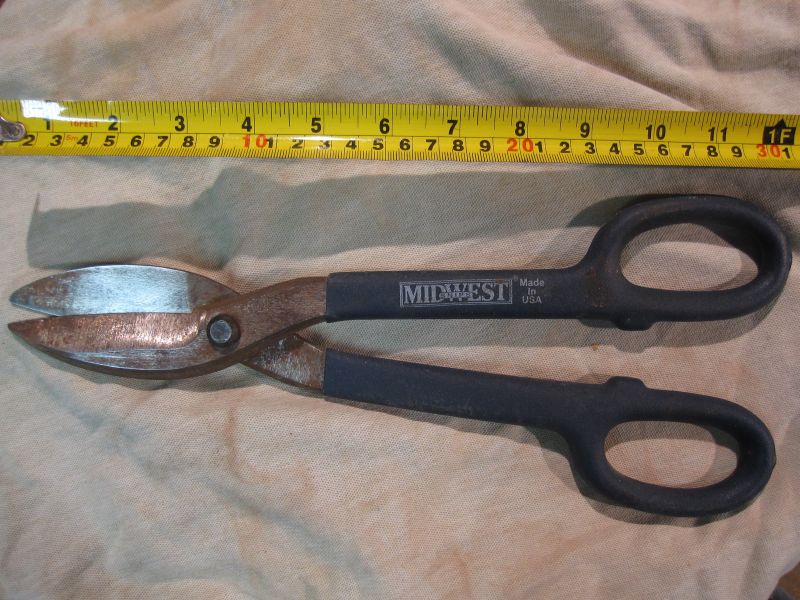Question
To my dismay, I seem to have an adhesion problem with a just finished job.
Walnut hand sanded to 220
Minwax dark walnut stain
Behlen sanding sealer - 2 coats
Sand 320 + grey scotch pad
Behlen gloss - 3-4 coats
I can mark and even remove the lacquer with my fingernail. It comes off in tiny flakes like an old finish. I have been using Behlen lacquer for 30 years, never a problem. I don't usually use Minwax. How do I fix this?
Forum Responses
(Finishing Forum)
From contributor J:
Most likely there is no way to fix it other than stripping it. Minwax is not a professional stain, more of a hobbyist. You have to wait so long for it to dry before you can seal it in. My guess is that is reason for your peeling. You can have this problem with any stain that is too thick or slow to allow good adhesion. I have found out the hard way myself. At least you know sooner than later, when you are in the middle of other jobs.
It really doesn't matter what caused it. It's done and I think you'll need to strip it. 220 is also finer than I would go, 180 tops. That can also cause adhesion problems.
Depending on the scale of the project it could be as simple as washing down with acetone or even lacquer thinner.
Also agree - don't sand finer than 180. We go 120p -150p at most in my shop.
You mentioned the dry spray - This could be a cause of poor adhesion. You need proper wet coats so that you get a chemical bond between them. So get your mixture and equipment settings worked out and practice on some scrap plywood.
I don't like 2 coats of sanding sealer either. 1 is adequate. I realize that lacquer sanding sealers are industry standard products and 2 coats is long held standard. But what most reps don't tell you is the additives which make it easy to sand also compromise adhesion and transparency (if only a little). Vinyl sealer is a better choice over standard lacquer sealer.
My money is on the dry spray as source of adhesion trouble. However I wouldn't use Minwax because the dry time is not very manageable and there are numerous other materials that are predictable and achieve better results. I don't rule any product out for use if I understand what it is - how it performs - and it gives the best result.
Minwax is popular and available and I realize finishers who are not further along the learning curve need simpler solutions. I don't judge anyone but just want to encourage you that there are many more better ways to achieve your colors and get much more control and satisfaction with your work.
